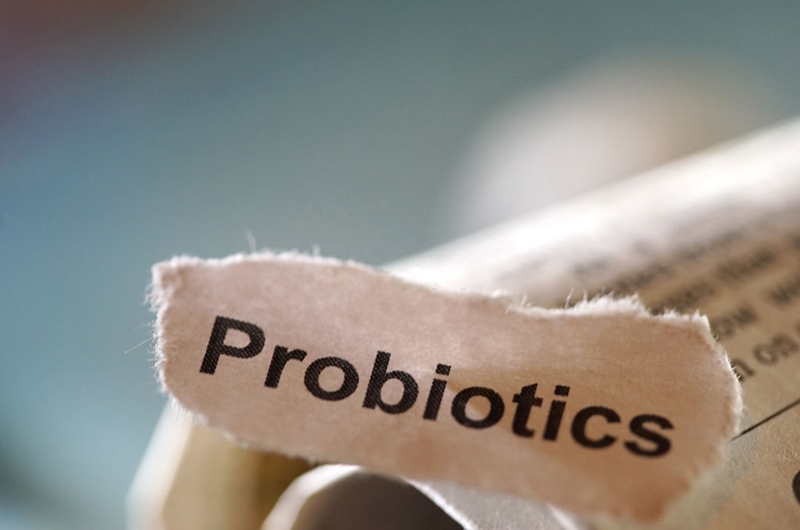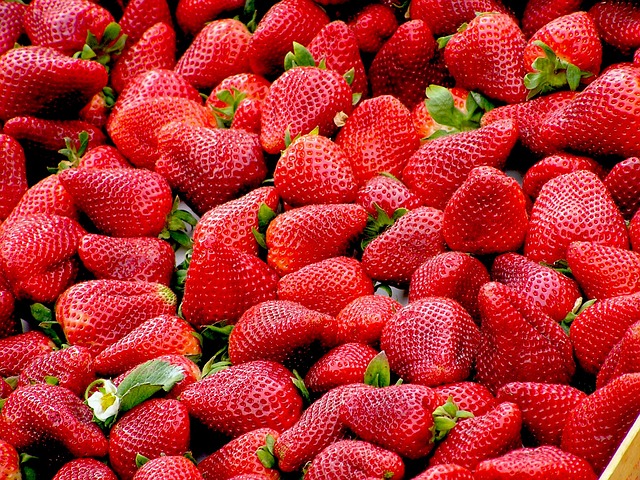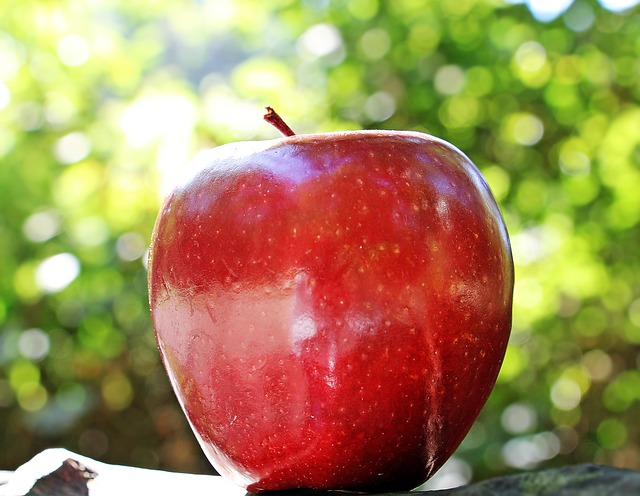When it comes to maintaining good gut health, the terms probiotics and prebiotics are often thrown around interchangeably. While they may sound similar, they play very different roles in the body.
Probiotics
Probiotics are live microorganisms that provide several health benefits when consumed in adequate amounts. These friendly bacteria can be found in various fermented foods such as yogurt, kefir, sauerkraut, kimchi, and others. They can also be taken as supplements.
Probiotics are known for their gut health benefits. They help improve digestion, boost nutrient absorption, reduce inflammation, and support the immune system. They also help maintain a healthy balance of bacteria in the gut, which is essential for overall health.
There are several strains of probiotics, and each type provides different health benefits. For example, the Lactobacillus acidophilus strain is beneficial for preventing vaginal infections, while the Bifidobacterium lactis strain helps alleviate symptoms of irritable bowel syndrome (IBS).
Probiotics are generally safe for healthy individuals. However, they can cause mild side effects such as bloating, gas, and diarrhea in some people. It’s also important to note that not all probiotic supplements are created equal. It’s best to choose a high-quality supplement that contains a variety of probiotic strains.
Prebiotics
Prebiotics, on the other hand, are non-digestible fibers that act as a food source for probiotics. They help probiotics thrive and multiply in the gut, promoting a healthy balance of bacteria.
Prebiotics can be found in various fruits, vegetables, and whole grains. Some common sources include garlic, onions, leeks, bananas, asparagus, oats, and barley. While prebiotics are not as well-known as probiotics, they play an essential role in supporting gut health.
In addition to promoting gut health, prebiotics offer several other health benefits. They help lower cholesterol levels, reduce inflammation, promote regularity, and enhance calcium absorption.
A diet rich in prebiotic fibers can help feed the good bacteria in the gut, leading to a healthier gut microbiome. It’s important to note that cooking can destroy some of the prebiotic fibers in food. Therefore, it’s best to consume prebiotic-rich foods raw or lightly cooked.
Probiotics vs. Prebiotics
While probiotics and prebiotics work together to support gut health, they serve different purposes. Probiotics provide live microorganisms that support the gut microbiome, while prebiotics act as food for these helpful bacteria. Both are essential for maintaining optimal gut health.
While probiotic supplements can provide a convenient source of friendly bacteria, it’s best to get these microorganisms from whole foods where possible. Consuming a varied diet rich in prebiotic fibers and probiotic foods can help achieve a healthy gut microbiome.
Final Thoughts
Probiotics and prebiotics are essential for optimal gut health. While they serve different functions, they work together to promote a healthy gut microbiome. Consuming a varied diet rich in these beneficial fibers and microorganisms can lead to numerous health benefits, including better digestion, improved immune function, and reduced inflammation.







